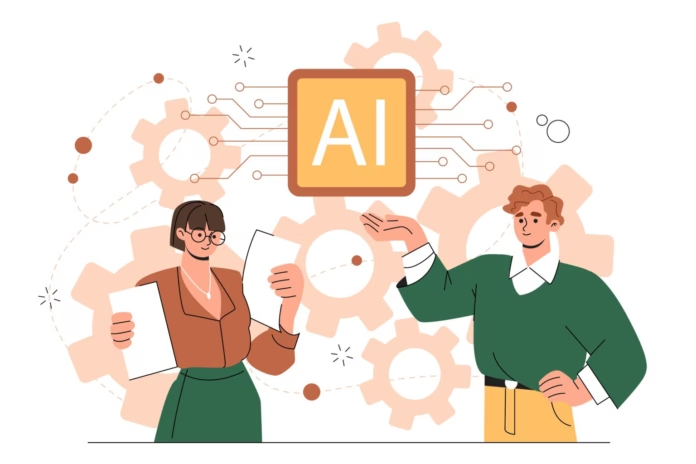
Sponsored article: Paul Mueller explores the possibility of a hike in the bank rate
Market pricing* for the UK bank rate had, until recently, been relatively quiet for some time since the Bank Rate was cut to its historical low of 0.1% on the 19th March 2020. In fact, it was not that long ago markets had been pricing* the risk that the bank rate could go below zero and the Bank of England (BoE) had started working with the Prudential Regulation Authority to establish, operationally, whether the banking system could cope with negative interest rates.
In a matter of weeks there has now been a sharp repricing¹ that suggests the bank rate could be around 0.4% by the end of 2021 and 1% by the end of 2022. How did the market re-price so quickly? What has changed the view at the BoE? Will we see the bank rate hit 1% by the end of 2022?
29th November, 2021
London Stock Exchange
6th Annual FDs’ Summit
Lead sponsor PFM/UKMBA
Public sector finance directors can register here
Signals
This change in market pricing* began to start after various Monetary Policy Committee (MPC) members (Michael Saunders, Andrew Bailey, Huw Pill) started to talk about concerns around inflation becoming entrenched or less transitory.
In the most recent set of the September MPC minutes Paragraph 65 stated: “All members in this group agreed that any future initial tightening of monetary policy should be implemented by an increase in bank rate, even if that tightening became appropriate before the end of the existing UK government bond asset purchase programme.”
This was a very important statement as the existing bond purchase programme is due to end in December 2021. This was taken by some as a potential sign that a rate hike could come earlier than many in the market were expecting.
To add fuel to the rate hike debate over the weekend (17th October 2021), there were comments reported from the BoE governor, Andrew Bailey, suggesting that, “while the BoE could do nothing about rises in energy prices … the MPC was increasingly concerned about higher prices raising medium-term inflation and … inflation expectations. That’s why … the BoE, have signalled, and this is another such signal, that we will have to act.”
Permanence
So what has changed the BoE’s view? Recent data for UK jobs has shown vacancy levels hit the highest level for 20yrs whilst the unemployment rate has fallen to 4.5%, below the BoE’s most recent forecasts.
Market inflation expectations have started to rise sharply as energy prices and supply bottle necks saw many goods prices impacted. Inflation expectations, as measured by Index Linked Gilts, has seen the level for 5-year Retail Price Index hit more than 4%, a level not seen since going back to data in 1996.
The BoE inflation target is 2% for Consumer Price Inflation (CPI). CPI is usually quite a bit lower than RPI due to a different methodology used and a different basket of goods. However, the latest CPI reading was 3.2%.
Perhaps the combination of a stronger than expected labour market and rising market inflation expectations has led the BoE to fear that wage rises could increase and make the transitory view of inflation become one of more permanence? Many wage settlements are agreed in the first quarter of 2022 so a rate increase now could be a warning to those wage setters?
Room151’s Audit Committee Masterclass
3rd & 10th December, 2021
with Richard Harbord
Explore best practice and supporting the work of officers
REGISTER HERE.
Hikes
Will we see the bank rate hit 1% by the end of 2022? It is possible, but there are still uncertainties around the evolution of the pandemic. Alongside this recent GDP numbers have been a concern.
The provisional August monthly GDP was slightly lower than expected and July was revised down. There is also the risk that global growth is starting to slow with energy costs reducing consumer spending power as well as supply bottlenecks leading to less business activity.
There are also some signs of slowing in regions such as China, as they move towards a more sustainable and inclusive growth strategy, that could negatively impact other regions, including the UK. The government has also announced further tax increases and appears keen to reduce its debt burden which could reduce government spending in the economy.
In summary, Invesco can see the need to, perhaps, instigate a couple of rate hikes to take the bank rate to 0.5%, but the path above that may not be so straightforward.
Paul Mueller is a senior portfolio manager at Invesco Global Liquidity.
*Bloomberg ICAP, SONIA at MPC meeting dates
——————
FREE monthly newsletters
Subscribe to Room151 Newsletters
Room151 Linkedin Community
Join here
Monthly Online Treasury Briefing
Sign up here with a .gov.uk email address
Room151 Webinars
Visit the Room151 channel











